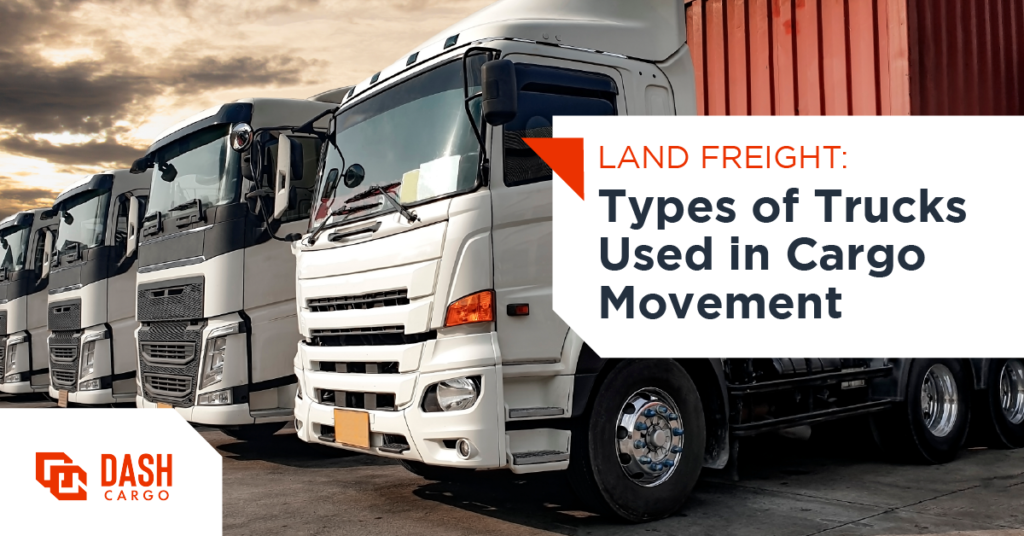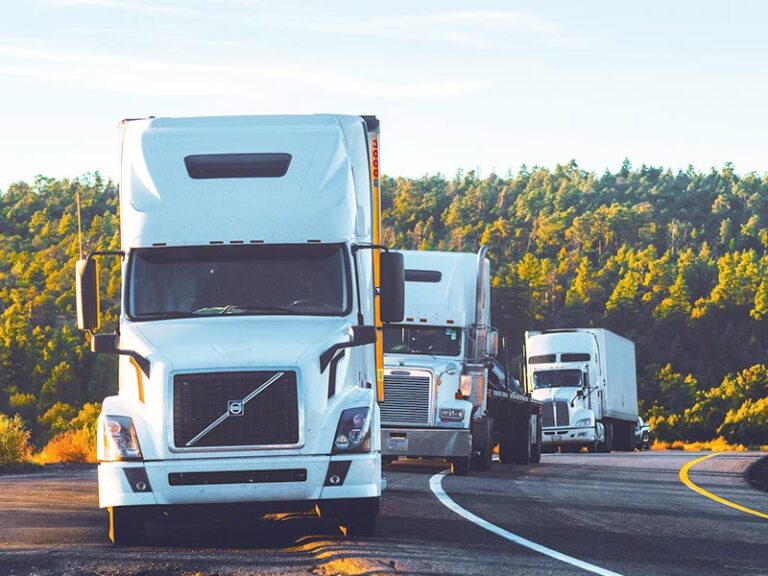
Nowadays, convenience plays a pivotal role in the purchasing decisions and experience of customers. This development has challenged companies to continuously provide outstanding service to retain their clients and foster growth. If your company is looking to expand soon, getting fast and reliable shipping solutions will be integral to the satisfaction of your clients.
As you expand your services to different areas, having a fundamental understanding of freight forwarding is a must, as logistics is integral to company growth. According to Transport Intelligence’s Global Freight Forwarding 2022 report, the international freight forwarding market registered its fastest expansion rate in decades last year.
With the points above in mind, knowing how to efficiently distribute your products to new locations will make it easier for you to keep your clients happy. Jumpstart your knowledge on shipping and read our guide that will break down the types of trucks commonly used in freight forwarding.
The 10 Main Types of Cargo Trucks
1. Box Trucks
Source: Mobile Detailing Pros
From the name itself, box trucks have a box-shaped cargo compartment attached to their frame. Their cargo box is usually separate from the driver’s cabin, but some units may have an access door from the cab to the cargo box.
Box trucks are an excellent addition to a truck delivery service as their compartment can protect small items from the elements during transport. These trucks commonly move home appliances, furniture, food, and small packages.
2. Flatbed Trucks
Source: Elasto Proxy
Flatbeds are versatile freight trucks commonly used by logistics and distribution companies. These have a flat, open trailer with no sides and roof. You can use flatbeds to easily transport large, heavy, oversized loads that do not need delicate handling.
Flatbeds can carry up to 48,000 pounds of load. As a result, these trucks are perfect for hauling large cargo such as construction materials, heavy machinery, and more.
3. Step Deck Truck
Source: Mongoose Freight Solutions
The step deck truck has a trailer bed with two decks: the deck above is for standard goods, while the lower one is for tall or oversized cargo. This allows you to transport cargo of varying sizes without additional permits, as you can clear bridges and tunnels even with tall loads. In addition, the truck’s low deck makes it easier to load and unload cargo.
4. Semi-Trailer Truck
Source: Motor Authority
This common type of truck on the road combines a single tractor with one or more semi-trailers to accommodate heavy freight and can be conveniently loaded from the back, side, or top. Just like the flatbed, semi-trailer trucks can carry up to 48,000 pounds and are ideal for transporting goods you can stack on top of one another.
5. Tanker Truck
Source: US1 Network
Tanker trucks have a cylindrical tank mounted on their trailers to carry liquid and gasses. These tanks can be pressurized, insulated, or refrigerated, depending on the type of load. You can use them to transport liquid goods such as milk, wine, and juices or liquid chemicals such as fuel and nitrogen.
6. Refrigerated Trucks
Source: Cargo Box Carryboy
Perishable goods or items that need temperature control during transport are shipped using refrigerated trucks. These have a refrigerated compartment mounted on their frame or attached as a trailer. You can use a reefer truck to transport temperature-sensitive food, drinks, ice blocks, medical supplies, and other perishable cargo.
7. Tail-lift truck
Source: MP Motorbodies
The type of truck features a mechanism to load and unload heavy goods without requiring human labor. Businesses commonly use tail-lift trucks to distribute goods up to 2000kg. This will enable you to transport bulky goods and help decrease the need for human labor, accidents, and handling risks.
8. Tipper Trucks
Source: Trucks NL
Also called a dump truck, a tipper truck has an open box bed that can tip upwards to unload materials. These are commonly used to transport raw construction materials such as sand and gravel or demolition wastes such as scrap metal and gravel.
9. Car Transporter
Source: Tempus Logix
A car transporter truck has a double-deck trailer designed to transport cars from manufacturers to dealers for long distances. Their trailers have built-in ramps for the effortless loading and unloading of vehicles.
10. Livestock Trucks
Source: iStock
Livestock trucks are built specifically to hold livestock in place and transport them to and from farms. These can be fitted with equipment to hold and feed animals and commonly have openings for air and sunlight during transportation.
Straightforward Growth with Reliable Freight Forwarding
Being a business owner is no easy feat. It’s difficult enough to develop products and go about your daily operations, but delivering them to your customers is another challenge altogether.
Safely and quickly shipping your goods from one place to another will require skills and expertise. Purchasing trucks, plotting routes, hauling loads, and dealing with customs officials will be a headache for any entrepreneur without freight forwarding experience. In these instances, it’s best to let the experts take the wheel.
If you’re planning to improve your logistics processes, it’s best to partner with an expert domestic freight forwarder Philippines such as Dash Cargo. Contact us today to get started!



